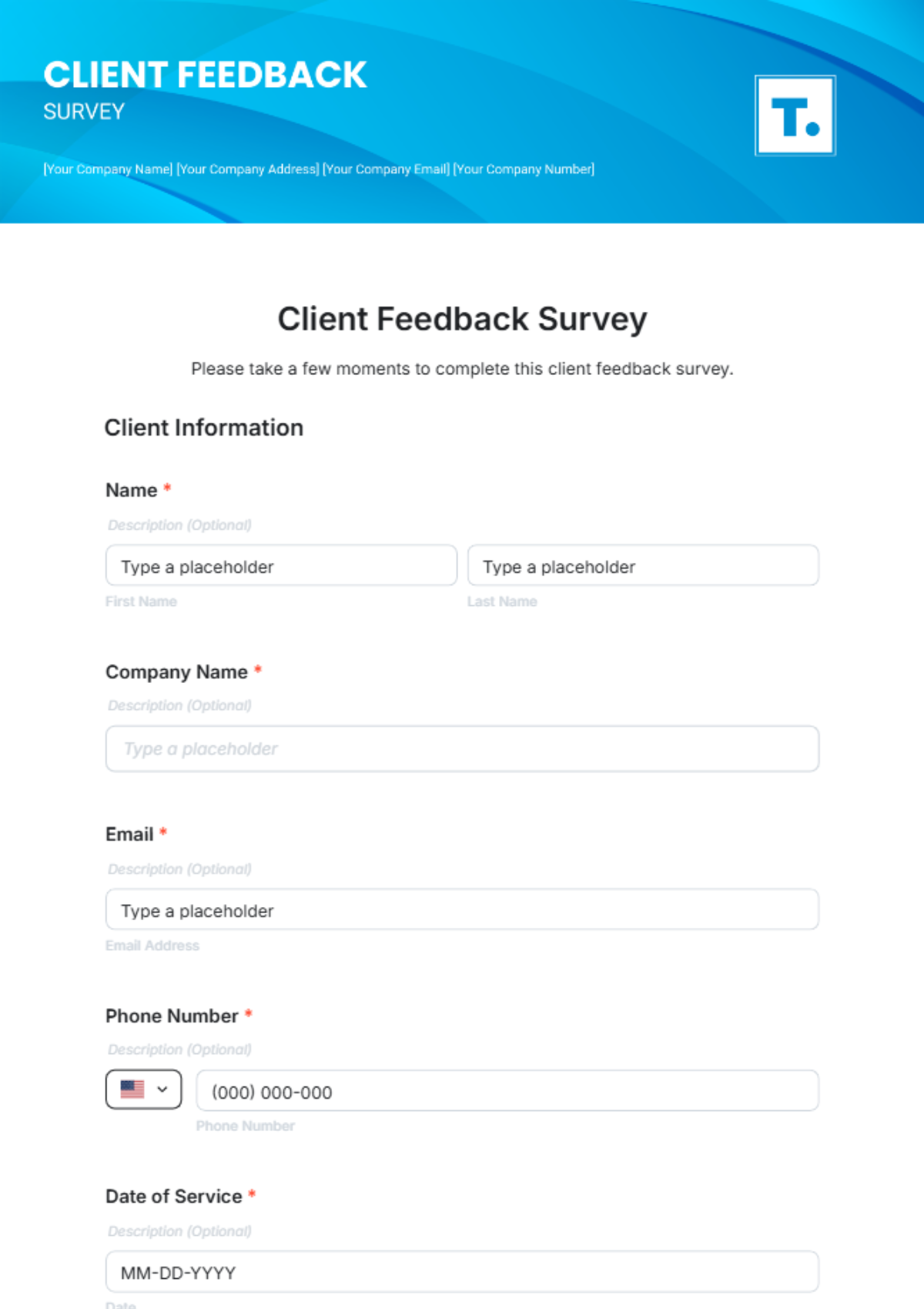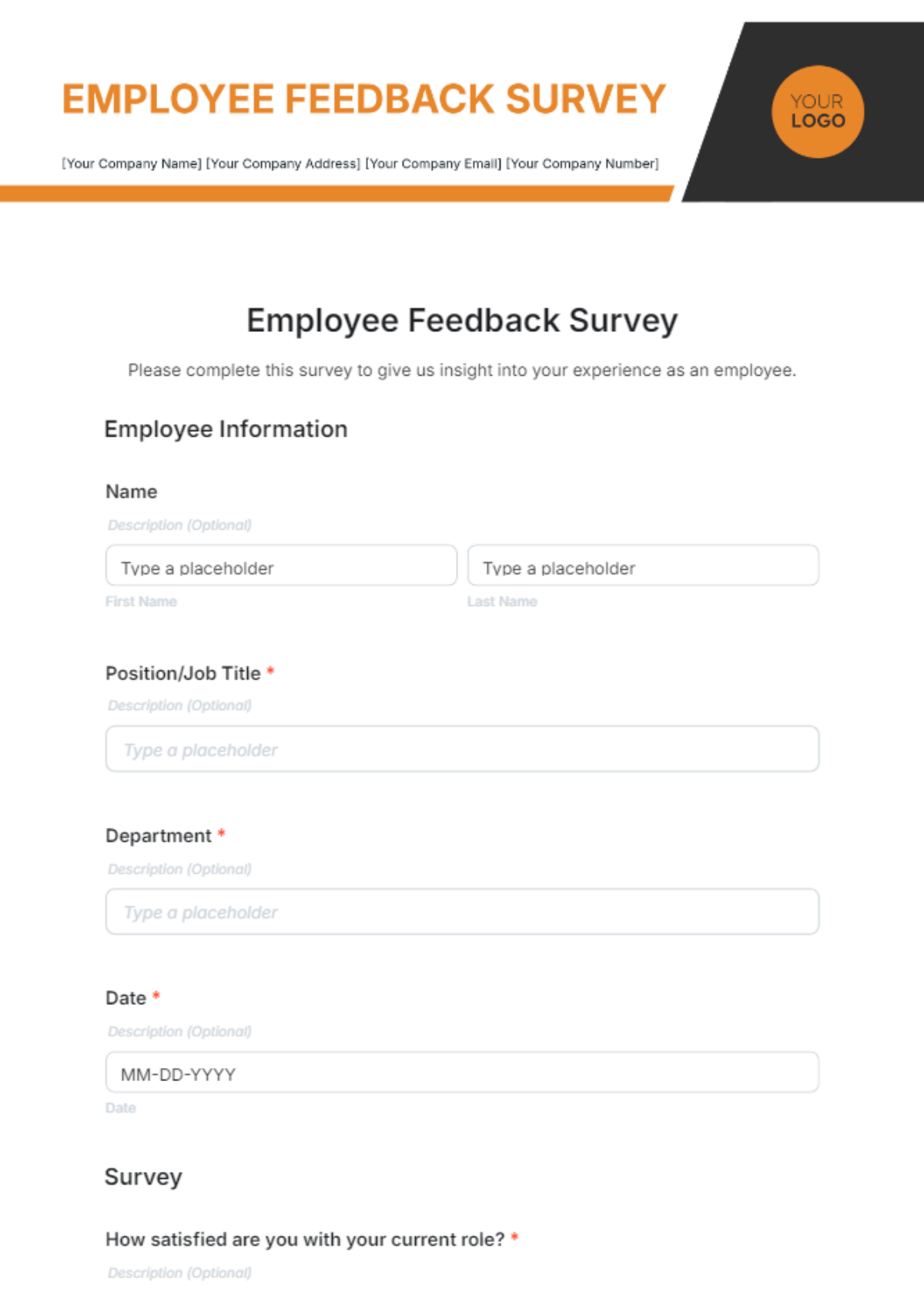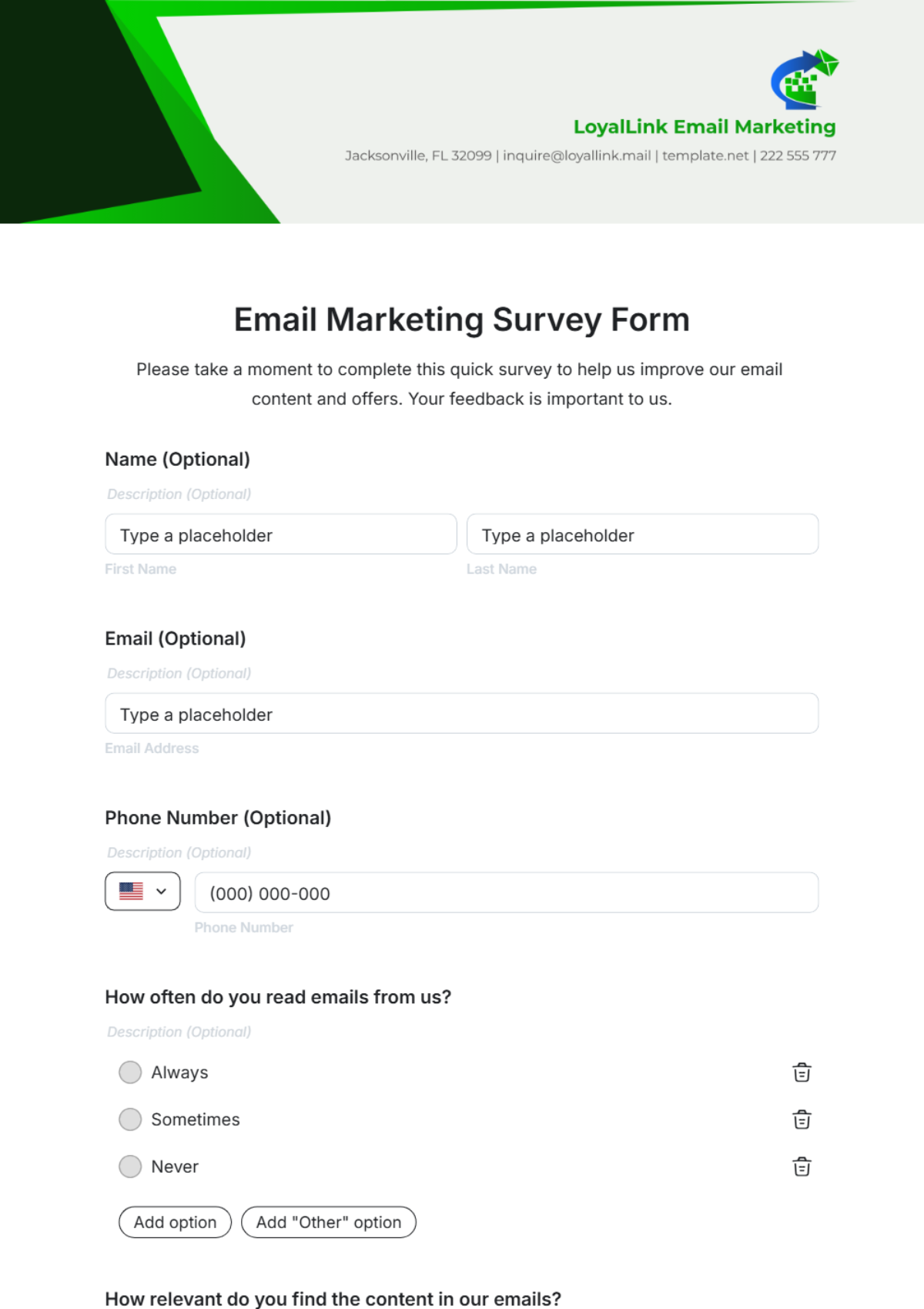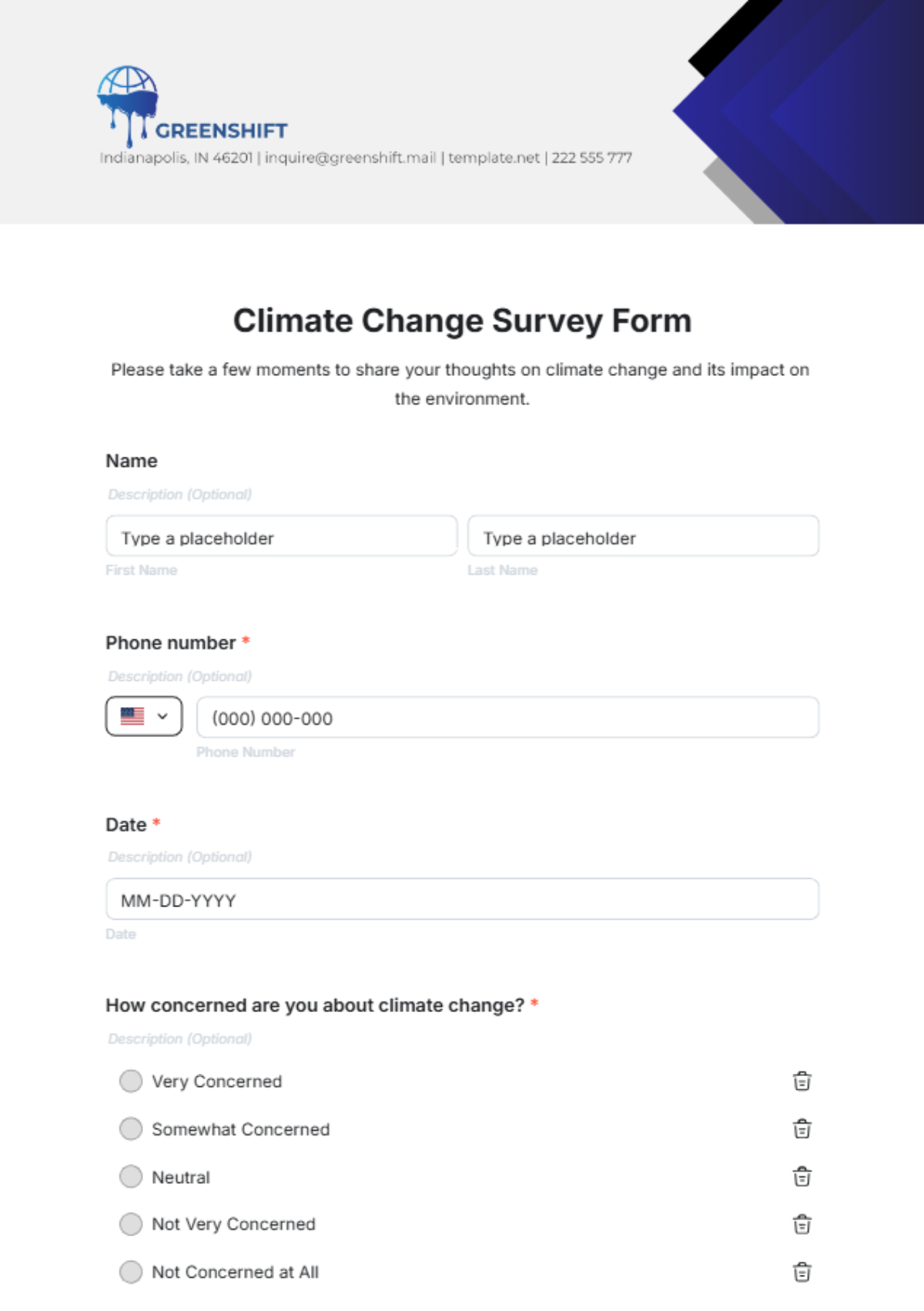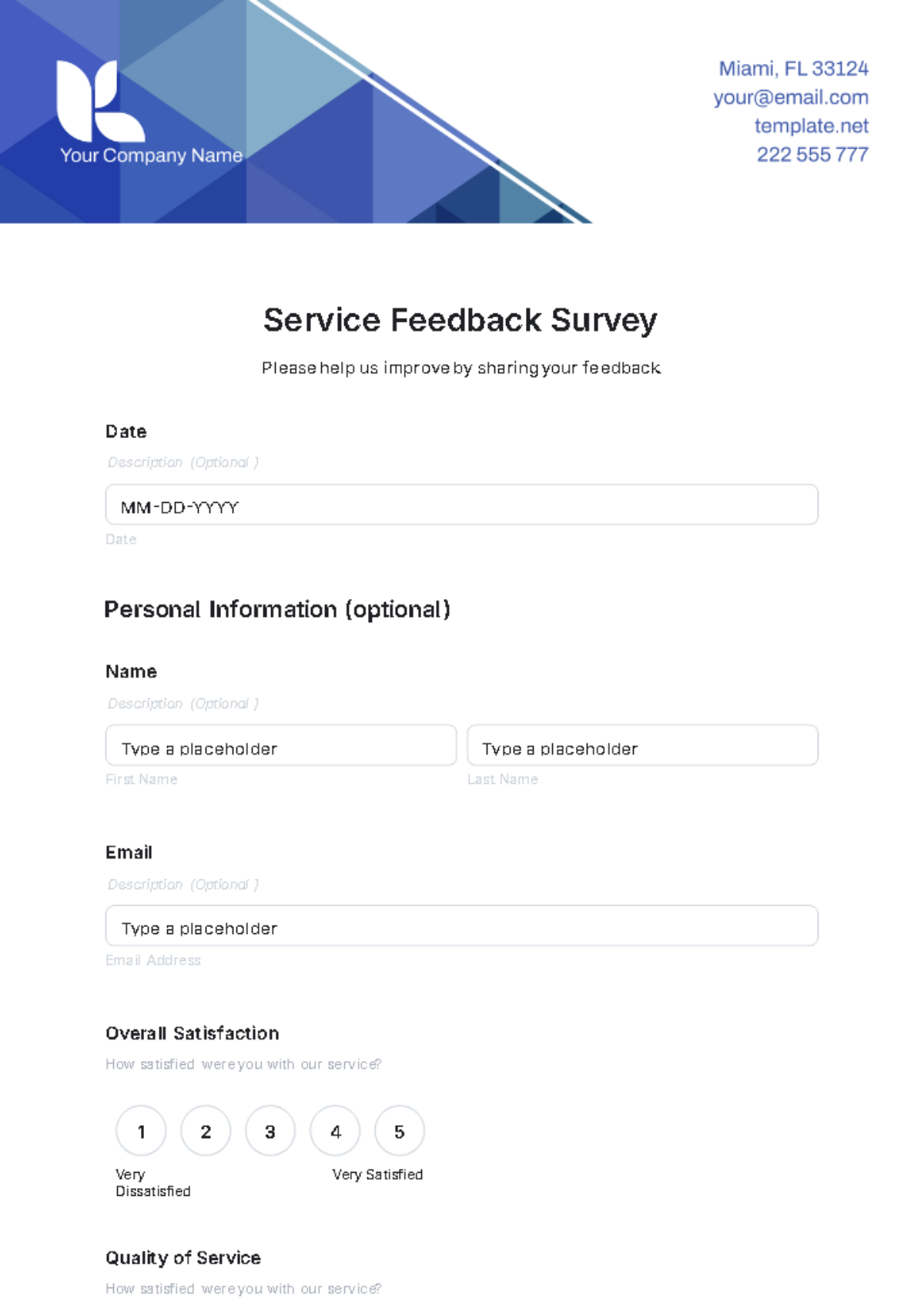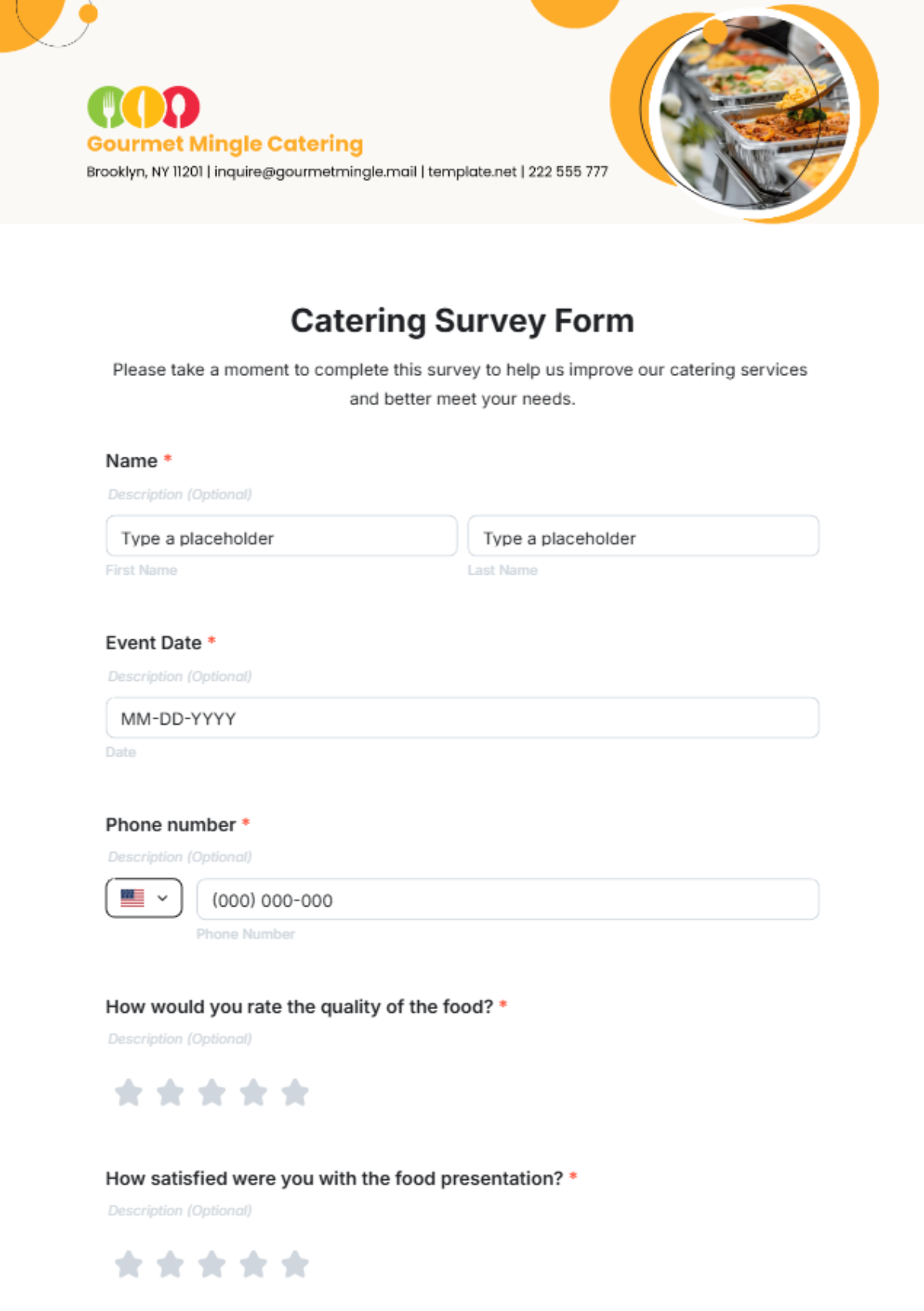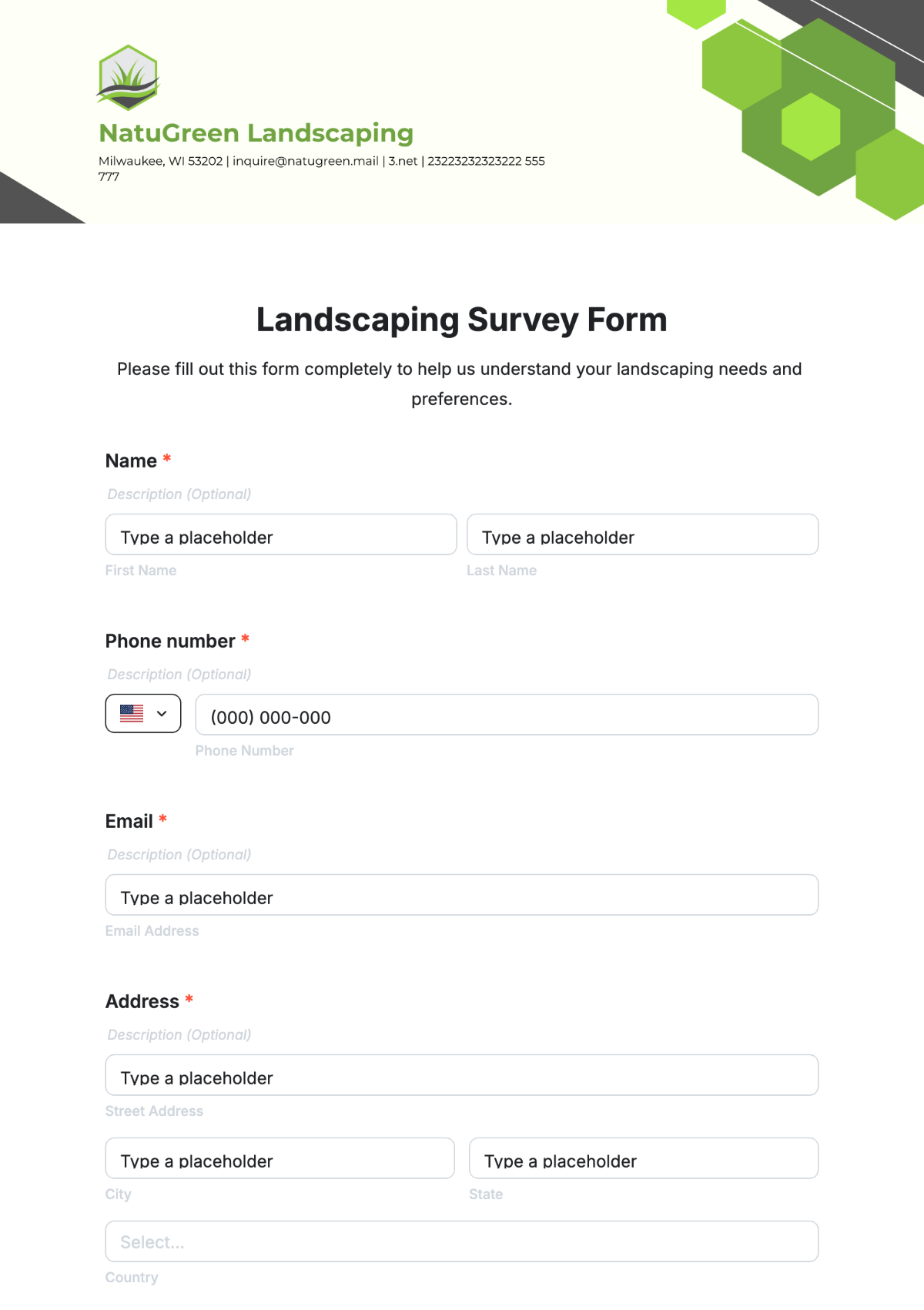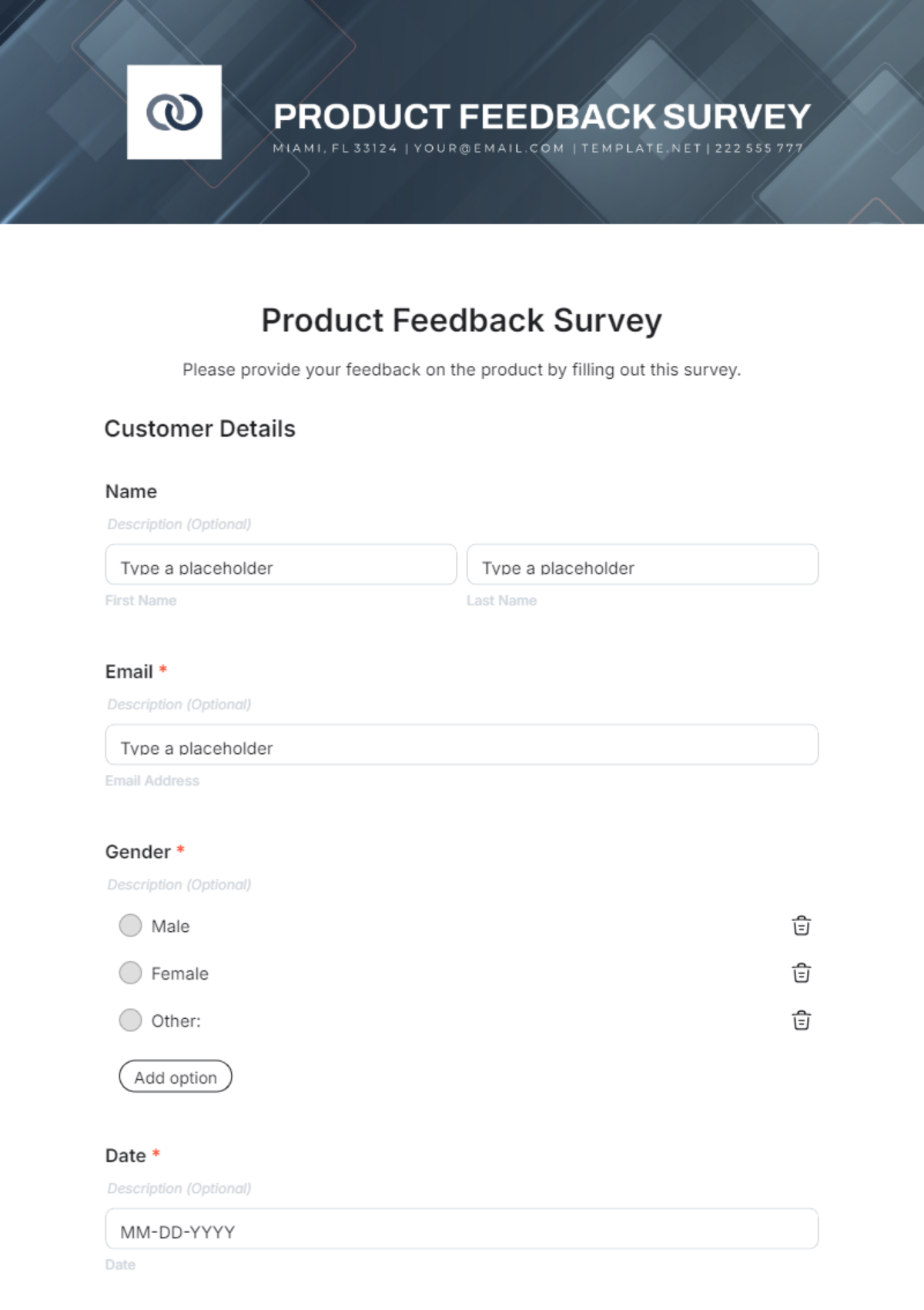Free Survey Logistics Quantitative Research
Optimize your survey process with our Survey Logistics Quantitative Research Template. This editable and customizable template from Template.net ensures organized and efficient survey management. Editable in our Ai Editor Tool, it's perfect for planning and executing quantitative research surveys.




